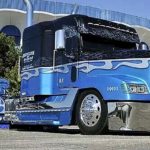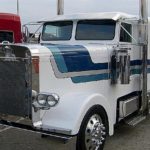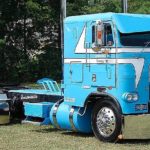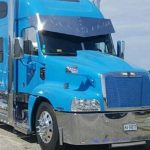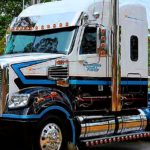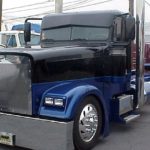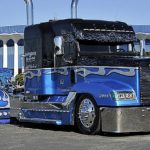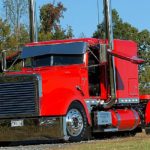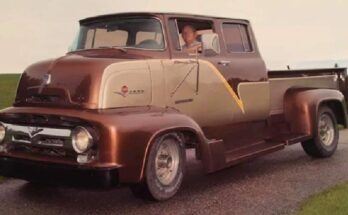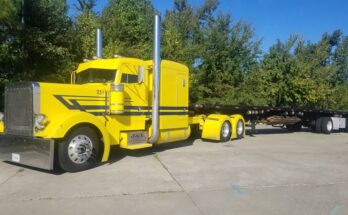What other trucking company can boast a vehicle on permanent display in the Smithsonian? Freightliner Trucks (child company of Daimler Trucks North America) not only has one of their first vehicles on display, they are largely responsible for creating the higher powered trucks that traverse the Western United States.
The company was officially created in 1942, after a decision was made to reconstruct the Fageol to suit the needs of those living in the Western US — other big trucks did not have enough power to climb the mountain ranges so prevalent on the west coast. Freightliner did not, however, have the sort of network required to make a profit off of this brilliant idea, so an agreement was entered into during the 1950’s with the White Motor Company. With plants in British Columbia, Indianapolis, California, and Oregon, the trucks became a familiar sight on the highways across the US.
Though World War II halted production, Freightliner managed to hang on long enough to outlast the war and began building trucks in Salt Lake City, Utah soon after. The very first vehicle they sold outside the company went to Hyster (a fellow company based in Portland), which is the vehicle now on display in the Smithsonian.
Unfortunately, the White Motor Company began having money trouble and in 1974, Freightliner terminated their distribution agreement and sought to step out on its own with a conventional cab-over-engine (COE) model that performed extremely well, especially in the west, where easy access to the engine, a smoother ride, and smaller size were of high importance.
Only a few years later, however, President Jimmy Carter signed into law a deregulation of transport, and in 1982, the Surface Transportation Assistance Act’s relaxed standards and heavier taxes proved fatal to smaller trucking companies, including Freightliner, which propelled the company to sell off its trucking production to Daimler-Benz. New plants opened up in Ontario and Mexico, and the Business Class FL-Series did very well in the 1990’s.
Now, after the turn of the century, Freightliner provides commercial vehicles (classes 5-8) to the North American and European markets, and leads the industry when it comes to diesel fueled recreational vehicles and walk-in vans. It even partners with Tesla Motors, which provides battery packs for the Freightliner’s Custom Chassis Electric Van.
Freightliner also makes buses, cargo vans, low COEs, conventional trucks, and regular cabovers, as diesel engines or natural gas engines. Some of these were popular in Australia, New Zealand, and South Africa as of 2012. The Cascadia Evolution, revealed in 2014, became the 3 millionth truck produced by Daimler-Benz, but the first to use a Detroit powertrain.
At the time, between 140 and 150 trucks were being made each day, including those with natural gas engines. A regional headquarters and logistics center were added to the company’s property in 2015, though this did not create more jobs as might have been hoped.
Though the current plants in Ohio and North Carolina have seen some downsizing, there are still five Freightliner models being produced, along with three Western Star models, with a total of 2200 employees working to provide trucks to both the US and Europe for the foreseeable future.
 " >
" >
